Enhancing Healthcare Services with Salesforce Health Cloud
Health Cloud
5 MIN READ
May 1, 2025
![]()
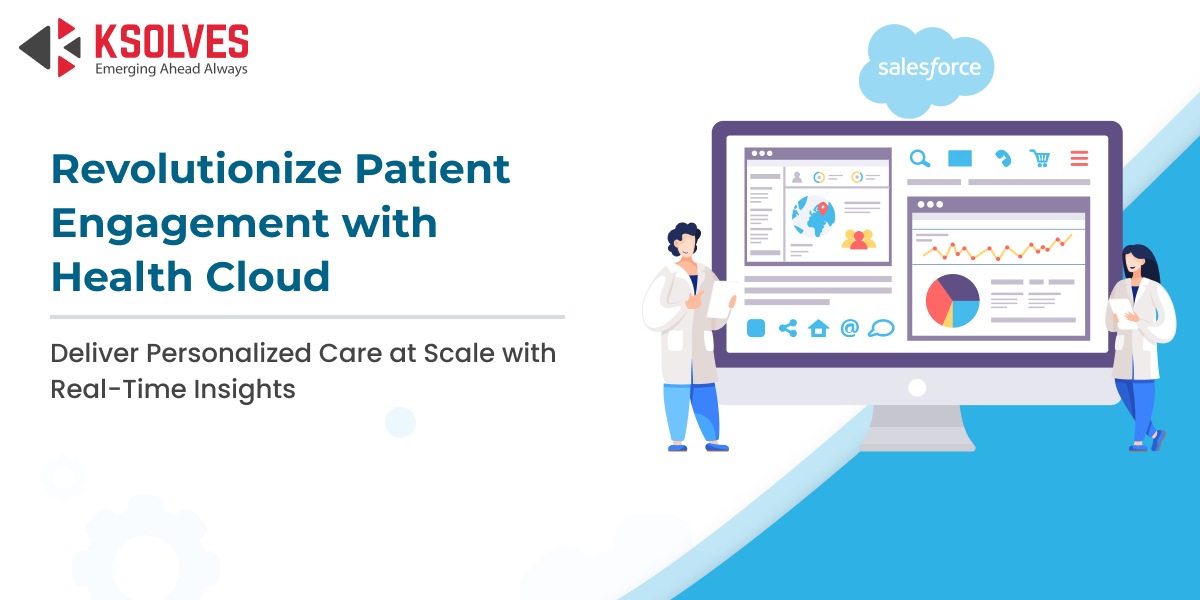
In an industry where seconds save lives, healthcare providers are drowning in disconnected data, manual workflows, and disjointed patient interactions. Legacy systems silo criticial information, forcing staff to waste hours chasing down records or duplicating efforts. Patients grow frustrated with impersonal care, missed follow-ups, and bureaucratic delays, while organizations face mounting pressure to reduce costs and improve outcomes.
Salesforce Health Cloud cuts through the chaos. By centralizing patient data, automating workflows, and enabling proactive engagement, it empowers healthcare businesses to deliver care that’s as efficient as it is empathetic. Imagine a world where care teams collaborate seamlessly, patients feel heard at every touchpoint, and administrators unlock actionable insights with a click. In this post, we’ll break down how Health Cloud tackles healthcare’s biggest pain points—from reducing no-show rates with AI-driven reminders to personalizing treatment plans with 360-degree patient profiles. Let’s begin!
What is Salesforce Health Cloud?
Salesforce Health Cloud is a health IT CRM system that integrates patient data from multiple sources into a single, centralized platform. This solution is designed to enable healthcare and life sciences organizations to provide more personalized care by giving them a complete view of patient interactions, clinical data, and other relevant information.
It supports patient relationship management by facilitating communication among caregivers and patients through various features like care plans, health timelines, and secure messaging. The platform also helps organizations manage compliance and improve patient outcomes by streamlining processes and enabling more efficient care coordination.
Key features of Salesforce Health Cloud:
Unified Patient View
Health Cloud aggregates data from various sources—EHRs, labs, insurance claims, wearable devices, and more—into a single, comprehensive patient profile. This empowers care teams with real-time, actionable insights, including medical history, appointment records, medications, and social determinants of health (SDOH).
Care Coordination Tools
With built-in collaboration features, Health Cloud enables seamless coordination across multidisciplinary teams. Care coordinators, nurses, and physicians can share notes, assign tasks, and track progress on care plans. This ensures everyone is aligned around the patient’s journey.
Integration with EHR/EMR Systems
Health Cloud is designed to work alongside existing EHR/EMR platforms like Epic, Cerner, or Allscripts. Through APIs and integration tools like Mulesoft, organizations can sync clinical data securely so that patient information remains current and consistent across systems.
Patient Engagement Capabilities
From personalized communications to self-service portals and mobile experiences, Health Cloud helps healthcare organizations stay connected with patients outside of clinical settings. Features like appointment reminders, health tips, and two-way messaging foster stronger relationships and improve adherence to care plans.
Benefits of Salesforce Health Cloud in Enhancing Digital Experiences
Salesforce Health Cloud equips healthcare providers with powerful tools to modernize care delivery. Here’s how it brings tangible value across clinical, operational, and patient-facing areas:
Improved Patient Experiences Through Personalization
Health Cloud enables providers to treat patients as individuals, not just cases. By unifying clinical data, preferences, social factors, and communication history, care teams can deliver highly personalized care.
Imagine a patient with diabetes who also struggles with transportation. Using Health Cloud, a care coordinator can see not just their medical history but also social determinants like location or mobility challenges. This allows the provider to schedule appointments around transportation availability or suggest virtual visits, which creates a more patient-centric experience.
Enhanced Care Team Collaboration and Communication
Salesforce Health Cloud serves as a unified patient-centric platform for care teams, including providers, nurses, care coordinators, and specialists. By leveraging features such as Care Plans, Care Team assignments, Tasks, and real-time clinical data updates, Health Cloud eliminates data silos and fosters seamless care coordination.
For example, a healthcare organization utilizing Health Cloud can orchestrate a post-operative care plan involving the operating surgeon (Care Team Member), a physical therapist (Provider Record), and a case manager (Care Coordinator Role)—all managed within a single platform. Through configurable Health Timelines, Alerts, and Clinical Notes, every team member remains informed, ensuring proactive interventions and driving improved patient outcomes and satisfaction.
Streamlined Administrative Workflows
Administrative inefficiencies in healthcare result in lost time and increased operational costs. Salesforce Health Cloud mitigates these challenges through workflow automation and intelligent case routing. It streamlines patient intake, utilization management, and appointment scheduling using tools such as Flow Builder, Omni-Channel, and Einstein Bots. Health Cloud also minimizes manual data entry by integrating with Electronic Health Records (EHRs) via FHIR APIs and HL7 interfaces, and by connecting with external systems through MuleSoft or Salesforce Connect.
For instance, a clinic leveraging Health Cloud can digitize intake forms using Experience Cloud portals, validate insurance coverage through payer system integration, and apply Automated Case Assignment Rules to direct cases to the appropriate Care Team Member—enabling staff to prioritize clinical interactions over administrative tasks..
Proactive Patient Outreach and Engagement
Health Cloud enables proactive communication via personalized messages, appointment reminders, post-discharge instructions, and wellness tips through preferred channels (SMS, email, and app notifications). This keeps patients informed and involved in their own care journey.
For instance, after a patient is discharged from the ER, Health Cloud can trigger an automated care journey—sending medication reminders, educational content, and follow-up appointment scheduling options. This helps reduce readmissions and builds long-term trust.
Better Data Security and Compliance
Security and compliance are foundational to Salesforce Health Cloud, which is architected to meet rigorous standards such as HIPAA, HITRUST, and GDPR. It provides a robust security framework with features like Role-Based Access Control (RBAC), Field-Level Security, Shield Platform Encryption, Event Monitoring, and Audit Trails. Health Cloud is hosted on Salesforce’s secure, multi-tenant cloud infrastructure, ensuring data privacy and system integrity.
For example, a healthcare organization can configure Permission Sets and Sharing Rules so that only authorized Care Team Members can access or modify Protected Health Information (PHI). Through Audit Logs and Transaction Security Policies, administrators can monitor access patterns and enforce compliance, thereby safeguarding patient data and aligning with regulatory requirements.
Implementation of Salesforce Health Cloud
Implementing Salesforce Health Cloud is a smart move for healthcare organizations looking to improve patient care, streamline their operations, and connect all their health data in one place. Here’s a simple breakdown of the key steps involved:
Understand Your Organization’s Needs
Start by taking a close look at how your organization currently manages patient care. Identify what’s working well and where there are gaps. This helps you figure out how Health Cloud can best support your goals—whether it’s better communication, improved workflows, or more personalized patient experiences.
Plan for Data Migration
Moving your existing patient records and health data into Salesforce Health Cloud is a critical step. Make sure all important information is transferred securely and accurately. Planning ahead for how data will be organized, cleaned, and tested helps avoid problems later and keeps everything running smoothly.
Set Up the System Properly
Next, set up the Health Cloud system so it fits your organization’s needs. This includes connecting it to other tools you already use—like electronic health records (EHRs)—and configuring it to automate daily tasks. A good setup ensures everything works together and supports your future growth.
Train Your Team
To get the most out of Health Cloud, your staff needs to know how to use it. Offer clear, role-specific training to everyone—doctors, nurses, and administrative teams. Teach them how to manage patient data, use automated workflows, and keep information secure.
Keep Improving with Ongoing Support
Once the system is up and running, it’s important to provide ongoing support. Regular updates, troubleshooting, and improvements help the system stay efficient and adapt as your organization grows or changes. This ensures long-term success with Salesforce Health Cloud.
Future of Healthcare with Salesforce Health Cloud
Salesforce Health Cloud has become the foundation for the future of healthcare. As the industry continues to evolve, Health Cloud is poised to play a central role in delivering smarter, more connected, and patient-centered care. Here’s a look at what’s ahead:
Smarter Care with AI and Predictive Analytics
Salesforce is continuously enhancing Health Cloud with AI-powered capabilities through Einstein for Health Cloud and Einstein Prediction Builder. These tools empower providers to predict patient risk scores, generate intelligent care plan recommendations, and automate Next Best Actions (NBAs) within the care workflow.
For instance, by analyzing clinical data, social determinants of health (SDOH), and historical utilization patterns, Health Cloud can proactively identify patients at high risk for readmission, triggering automated outreach or interventions through Einstein Next Best Action. This shift from reactive to predictive and preventive care allows care teams to deliver highly personalized and timely interventions, improving both patient outcomes and care efficiency.
More Seamless Virtual and Hybrid Care
The rise of telehealth and hybrid care models is here to stay. Health Cloud is evolving to support these experiences by integrating virtual care platforms, remote monitoring tools, and digital communication channels. This allows patients to receive care where and when they need it, while providers maintain continuity and connection.
Enhanced Interoperability Across Systems
Healthcare’s future depends on seamless data sharing between hospitals, clinics, labs, and insurers. Salesforce Health Cloud is expanding its interoperability capabilities, making it easier to connect with EHR systems (like Epic or Cerner), wearable devices, and third-party apps. This ultimately creates a truly unified healthcare ecosystem.
Personalized, Consumer-Like Patient Experiences
Patients increasingly expect the same level of personalization from their healthcare providers that they get from retail or tech companies. Salesforce is investing in features that enable hyper-personalized experiences—from appointment scheduling to care plan updates—based on each patient’s history, preferences, and health journey.
Driving Value-Based Care and Population Health
As healthcare shifts towards value-based care models, Health Cloud is helping organizations track outcomes, manage chronic conditions, and coordinate care across large populations. Advanced dashboards, analytics, and care coordination tools will continue to support better health outcomes while lowering costs.
Accelerate Your Salesforce Health Cloud Implementation with Ksolves
Salesforce Health Cloud is transforming the healthcare landscape by bridging critical gaps in data interoperability, care team collaboration, and patient-centric service delivery. It enables organizations to provide personalized, streamlined, and omnichannel healthcare experiences—leading to improved clinical outcomes, enhanced operational efficiency, and increased care team satisfaction
However, implementing Health Cloud isn’t without its challenges. Many healthcare providers face hurdles such as:
- Complex Data Migration from legacy systems and databases, requiring robust ETL processes, data mapping, and data quality assurance.
- Integration with EHR/EMR platforms (e.g., Epic, Cerner) and third-party applications via FHIR, HL7, MuleSoft, or Salesforce External Services.
- Compliance Management must adhere to standards such as HIPAA, GDPR, and HITECH, using tools like Shield Platform Encryption, Field Audit Trail, and Transaction Security Policies.
- Cross-departmental Training & Adoption, necessitating customized Change Management Plans, Trailhead modules, and in-app guidance via myTrailhead or In-App Learning.
- Workflow Customization through Flow Builder, Process Builder, Apex Triggers, and Lightning Components to support unique clinical protocols and administrative operations.
That’s where Ksolves comes in.
As a trusted Salesforce Summit partner, Ksolves brings deep expertise in Health Cloud implementation, tailored to the unique demands of healthcare providers. Our team ensures a smooth and secure migration, seamless EHR integration, and end-to-end customization that aligns with your care delivery goals.
So, are you ready to unlock the full potential of Salesforce Health Cloud? Contact us today!
Also Read – Best Practices and Tips For Salesforce Health Cloud Implementation
![]()

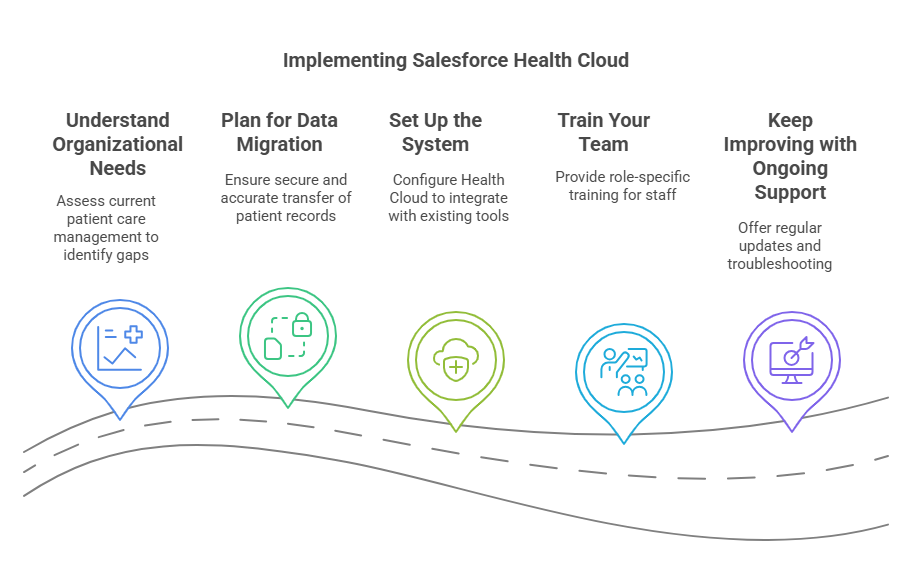
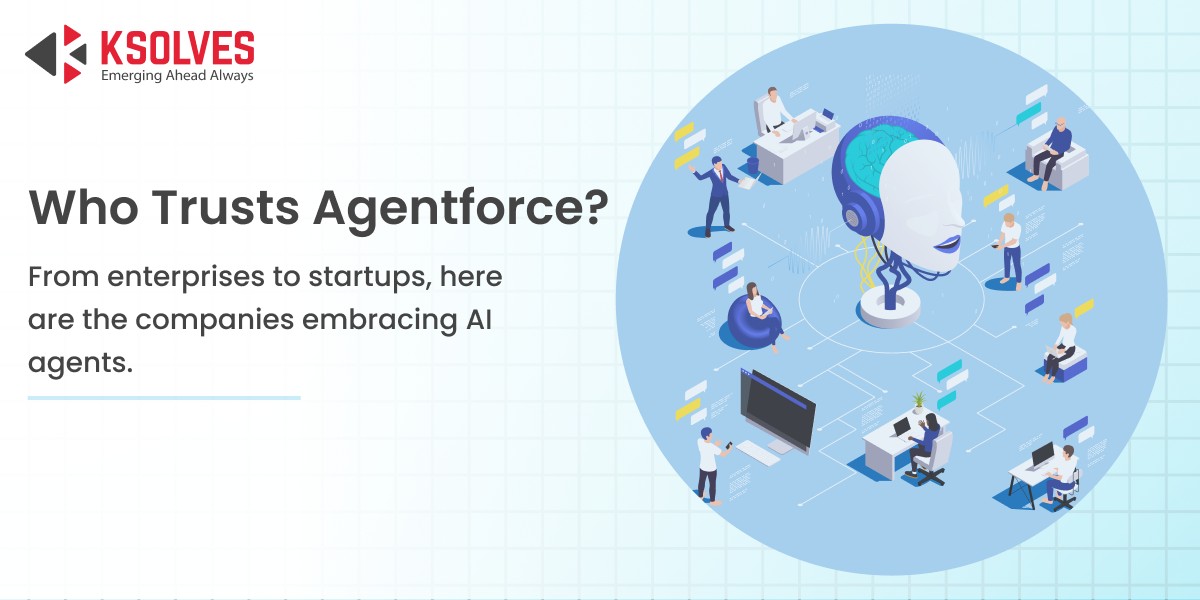
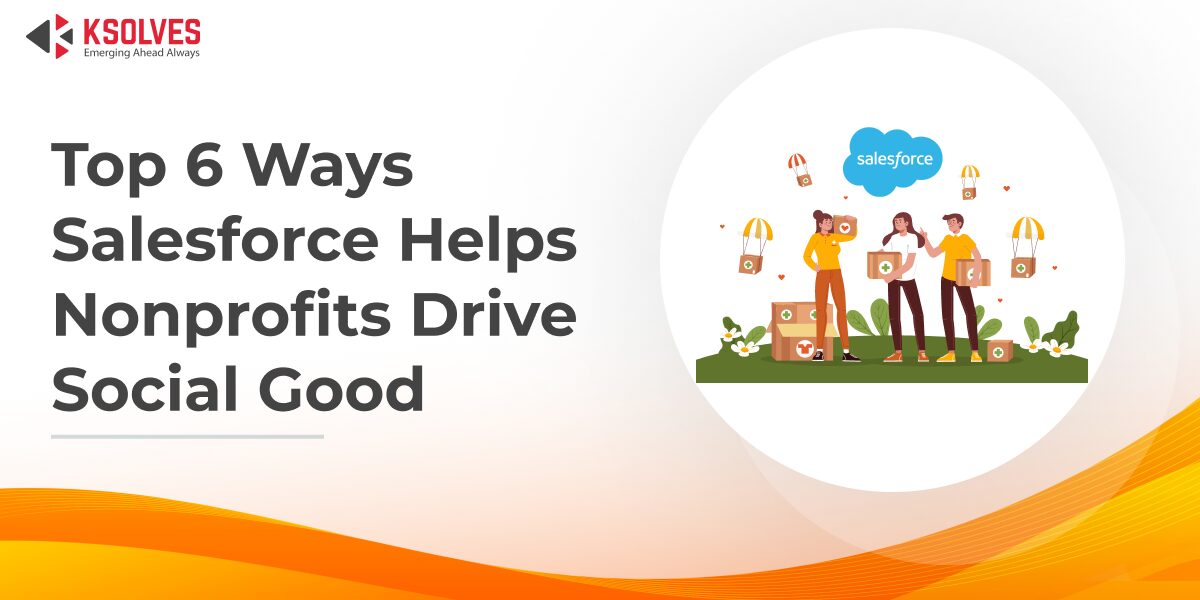
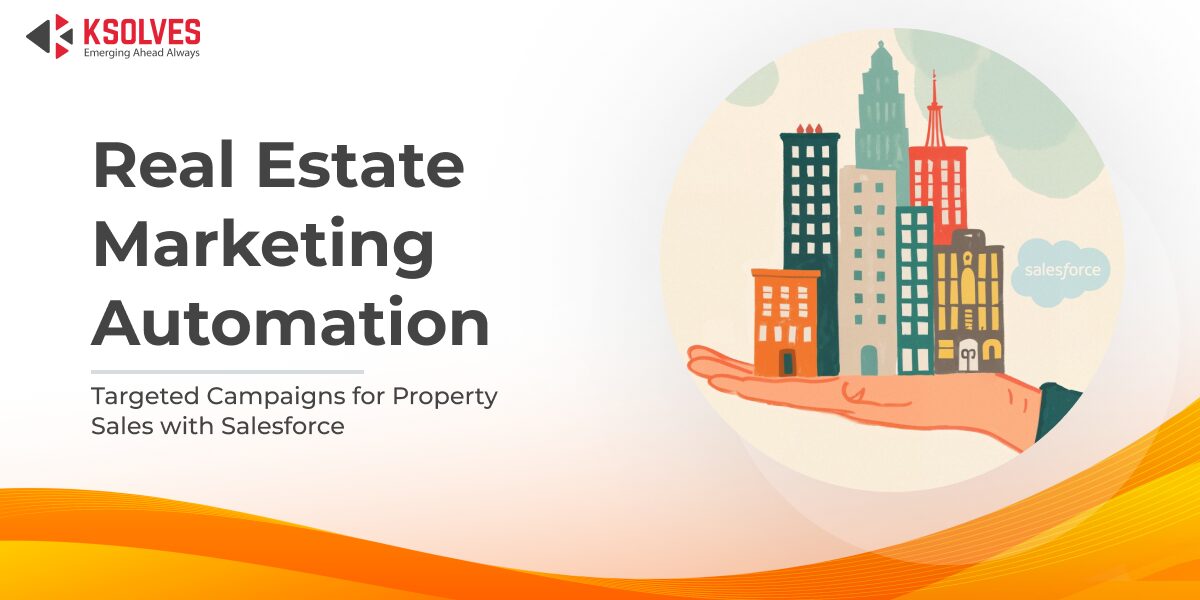




Author
Share with